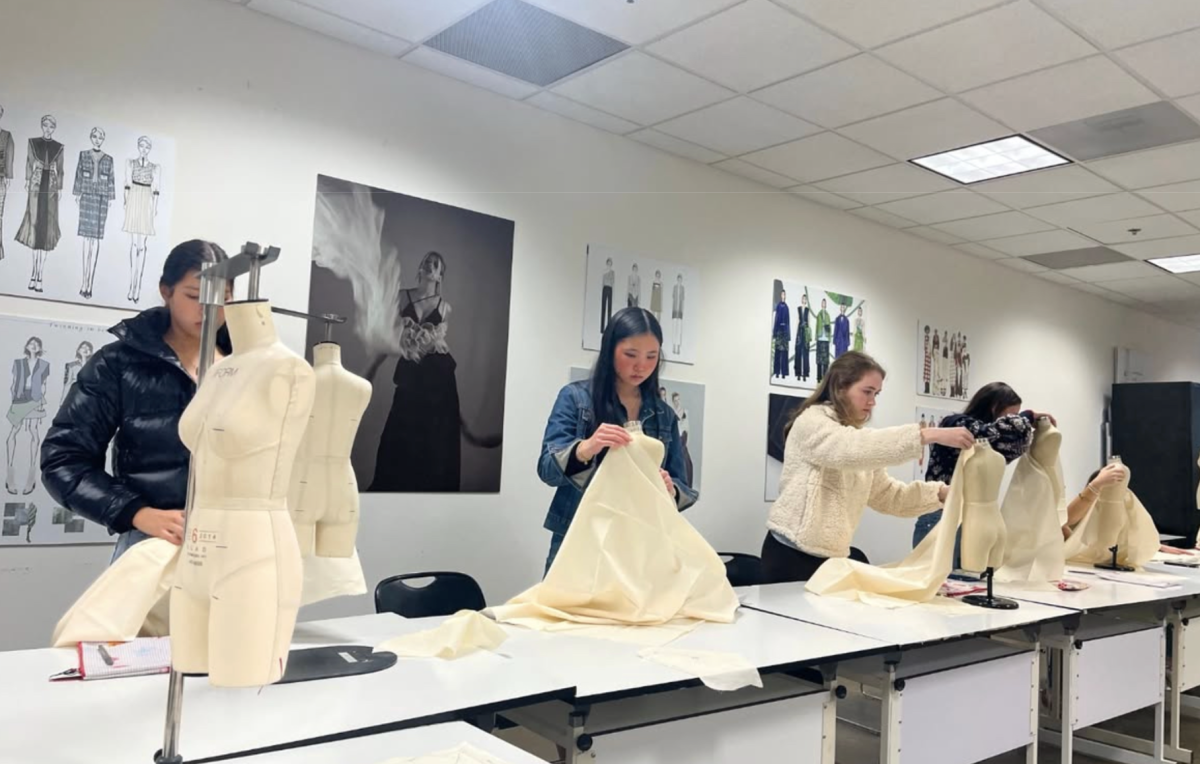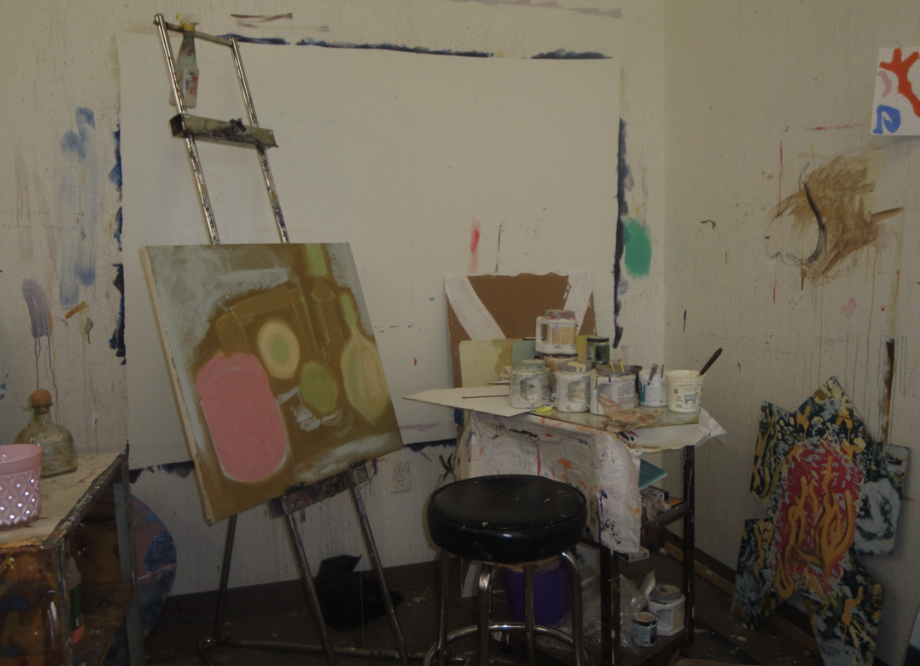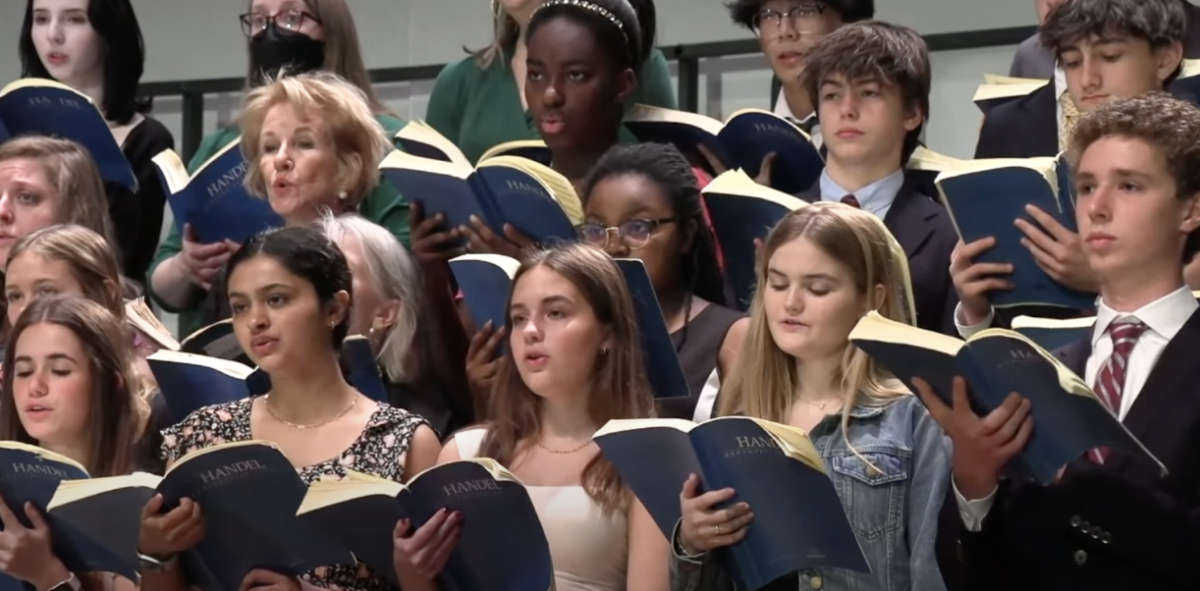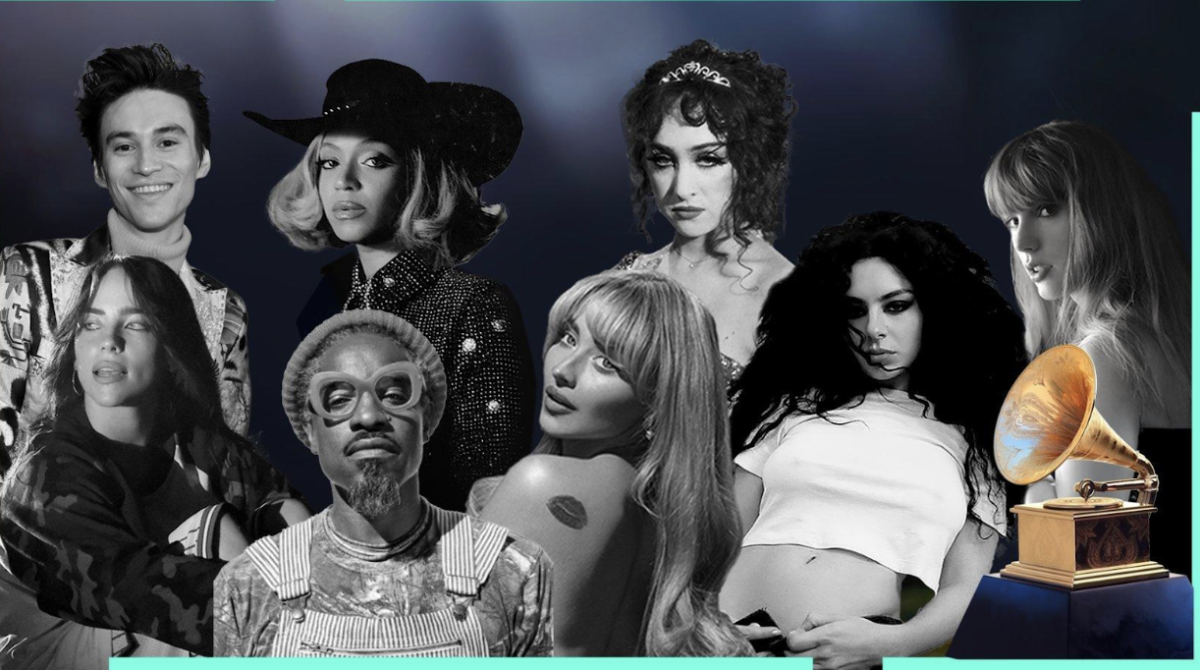Every year, Westminster faculty are invited to share and showcase their personal work as artists. The faculty art pieces are displayed inside of the Broyles art gallery where everyone is welcome to come view them.
“It’s fun for the community to see the depth of what we do as artists versus what we do as teachers,” said Visual Arts teacher Jen Marie Wentzel.
This year, the theme of the exhibit was loosely based on the opposing colors black and white, initially inspired by the Middle school dean of students Walter Dupriest. Dupriest had started installing his piece on the back wall even before school started, when a vision for the gallery emerged.
“Mr. Dupriest’s piece is pretty much all white and black, so Mrs. Martinez [an Upper School art teacher] said this year––what if we just do a black and white show,” said Wentzel.
However, the art collection was greatly expanded upon with other colors, some of which by Kevin Soltau, a Lower School art teacher, who digitally crafted one of the most vibrant art pieces in the gallery.
“My artwork is reminiscent of Carnival in the Caribbean, with the big trucks, the loud music, people playing mass, and dressing in costumes with feathers and sparkly jewels,” said Soltau.
The one art piece which stands out to him is called “Things Are Looking Up”, as it represents him overcoming dissatisfaction with his artwork.
“I finally got to a point where it all started coming together and started coming back,” said Soltau. “I was drawing this person looking up, and it was the irony of it all––of me drawing someone looking up as things were feeling better in terms of my art making.”
Other teachers decided to adhere to the theme, such as Upper School Visual Arts teacher Michael Reese. His piece in the art exhibit displays a part of his family portfolio: a black and white picture of his grandmother and great-aunt.
The art piece derives from a larger body of works, called “Meditation on Perceived Acts of Violence”, which he developed after the unjust death of George Floyd.
“I began to think about: when Black people commit crimes, or not––either guilty or not guilty––what is the necessary force that we are met with?” said Reese. “Oftentimes, it’s excessive, whether doing a crime or not doing a crime.”
In current times, the narrative of violence against people of color begins similarly with the victim doing everyday activities, such as driving a car or going on a walk. Due to the color of their skin and harmful stereotypes, their demeanor is perceived as threatening or potentially harmful by others.
“I began to dig through pictures in our family archive to find pictures of my folks doing non-descriptive, innocuous things that wouldn’t really be perceived as being violent, but asking the question: could this be perceived as violent?” said Reese.
Although the images present a larger question about society, most viewers are responding to it with a different, somewhat incorrect perception.
“Most people are responding to the photo in terms of what people have told me, like: ‘it’s a beautiful photograph’ or ‘it’s a moment’ or it’s all of these things,” said Reese. However, his piece is not just a photo–– a deeper story lies behind it.
“I am really asking that with the photographs to consider that this is someone’s mom or dad,” said Reese. “There’s more to the story than what you could deduce by just looking at this person. Give pause and consideration as to what you could see on the surface.”
Also adhering to the black and white theme, Pamela Martinez, Visual Arts teacher at the Upper School, created one of the largest pieces in the exhibit. The piece consists of meticulously drawn nails and real nails, making it difficult to differentiate between the real and fake nails.
The illusionistic qualities of Martinez’s piece make it easily mistaken for an unfinished piece of construction, causing people to overlook the underlying meaning.
“For me, that’s kind of like faith. As some dismiss this art piece, some also dismiss faith,” said Martinez. “Oftentimes we get too busy and we don’t really pay attention to things that God is saying to us, so it’s part of that illusionistic quality.”
The piece converses with the audience about two different topics at once, due to the fact that the illusions “play” with the viewer and simultaneously spark curiosity about the religious meaning. Martinez’s sense of humor shines through the illusion of the artwork, but it also conveys a serious statement about her faith.
“I wanted the nails to represent the nails of Jesus because I’m a Christian,” said Martinez.
Furthermore, the nails take on a one-of-a-kind quality testifying to the lasting legacy of Jesus and his role in humanity.
“If I searched the entire world, I would never find the exact nails,” said Martinez. “[The nails] symbolize the sacrifices that he made for us.”
Regardless of the black and white theme, each faculty member showcased an array of personal colors in their pieces. At the end of the day, ideas of religion, societal stereotypes, personal journeys, and more came together to form an incredible faculty art exhibit.
Edited by Helen Hong





